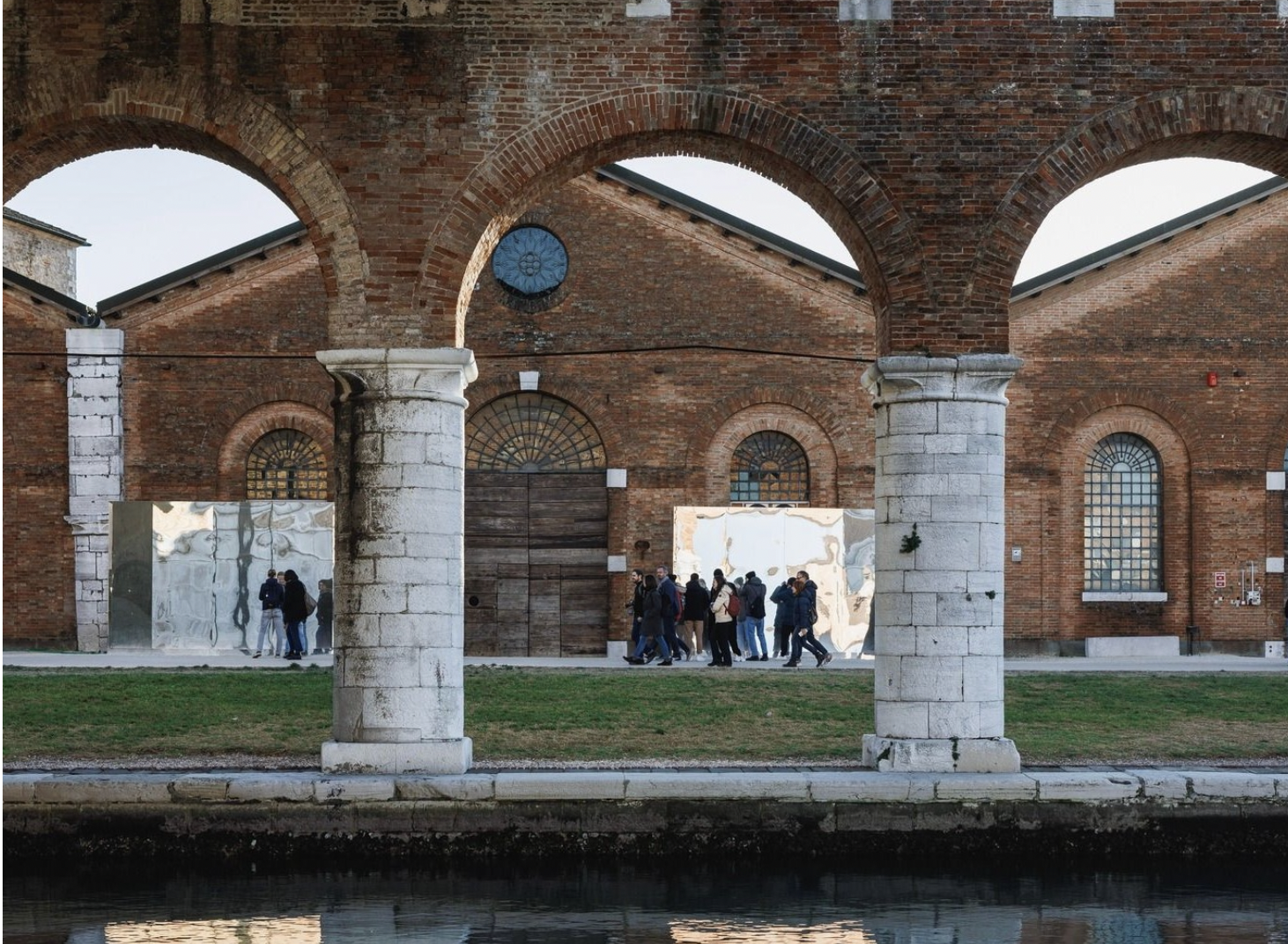In the second half of May, the attention of architects, artists and designers will once again turn to Venice for the 18th Venice Biennale, where most of the countries of the region will be represented with installations.
The Venice Biennale of Architecture, the industry’s most important and most artistic exhibition, will take place from May 20 to November 26. As previously reported, the Golden Lion for Lifetime Achievement has been awarded this year to Nigerian architect Demas Nwoko, while this year’s chief curator will be Ghanaian–Scottish architect Lesley Lokko. The exhibition’s center theme is The Laboratory of the Future, which implies an expanded approach to architecture that encompasses both the material and immaterial worlds; it is a space in which ideas are just as important as objects. Africa is also featured prominently, as the organizers see the continent as a major actor of the future, as reflected in the work of the Lifetime Achievement Award–winner and the main curator. While architecture will be the main focus of the event, art installations and other cultural events (some of which are scheduled for early May) will be just as prominent. Each exhibitor’s choice of which designers’ work to exhibit is usually the result of many-months-long selection process. Let’s see what the countries of the region have in store.
The full agenda of the Biennale can be found here.
Poland

The title of the Polish installation is Datament and it aims to allow visitors to experience data in its physical form. It also seeks to initiate a discourse on the pervasive role of new technologies in our future. Using 1:1 scale replicas of the spatial forms of houses from four different countries, the exhibition suggests that statistical data analysis and the use of algorithms in architecture, urbanism, and spatial planning will significantly influence how we will live in the future.
Curators: Anna Barlik, Marcin Strzała, and Jacek Sosnowski
Romania
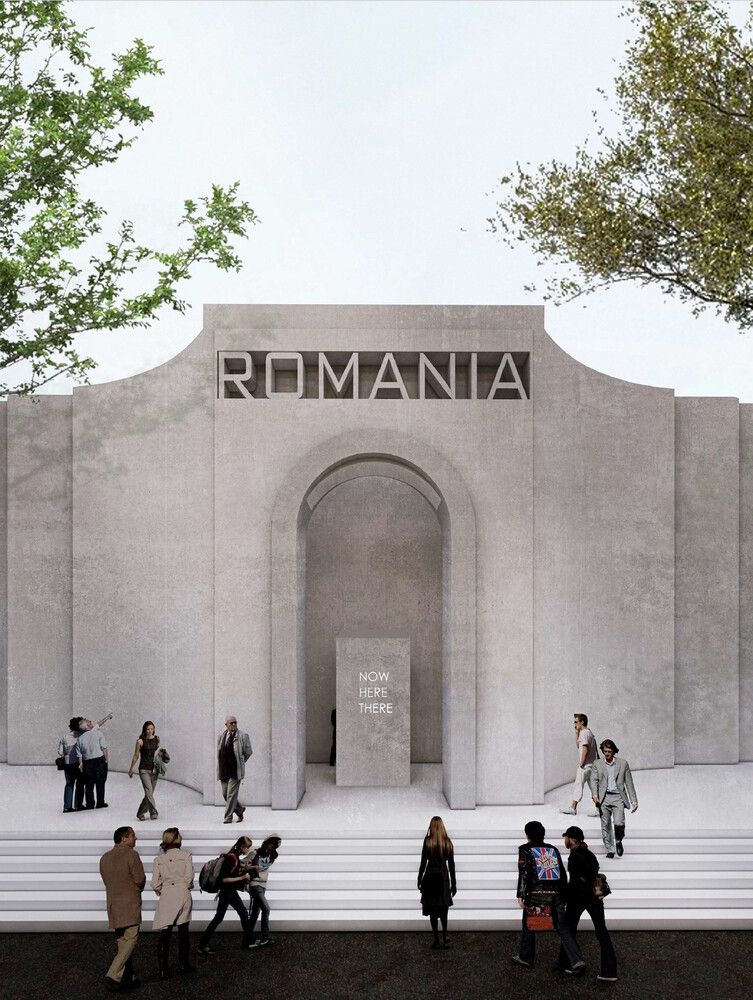
The Romanian Pavilion is built around the inspiring influence of past technological innovations. Curators will unearth long-forgotten inventions from the early 20th century, creating opportunities to inspire new developments that will be important for the future, in collaboration with a number of museums in Bucharest to exhibit original artifacts from the history of science.
Curators: Emil Ivănescu, Simina Filat, Cătălin Berescu, and Anca Păsărin
Hungary
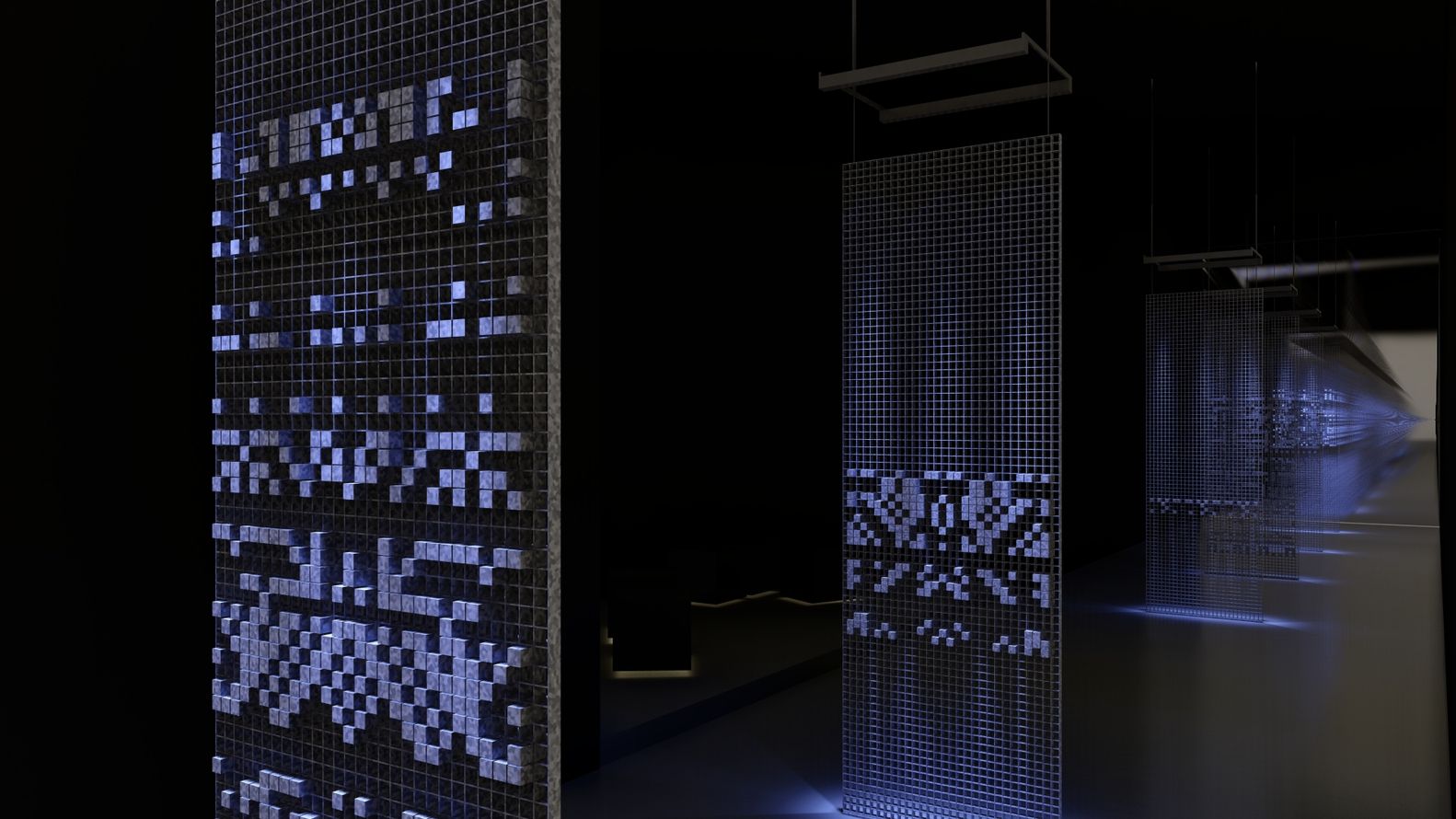
This time, the Hungarian Pavilion’s exhibition, entitled Reziduum – The Frequency of Architecture, will focus on the newest cultural institution in Budapest, the Museum of Ethnography designed by Marcell Ferencz (Napur Architects). Visitors will be invited to create their own motif compositions using an interactive program, the Motif Creator, to bring them closer to Hungarian traditions.
Curator: Mária Kondor-Szilágyi
Serbia

As part of the Africa theme, the Pavilion of Republic of Serbia, entitled In Reflections, contemplates a special event; the International Trade Fair held in Nigeria in 1977, a collaboration between the former Yugoslavia and Nigeria. It was organized along anti-imperialist and anti-colonialist ideas, within the framework of the so-called Non-Aligned Movement.
Curators: Iva Njunjić and Tihomir Dičić
Kosovo

This will be Kosovo’s fifth solo exhibition in Venice, this year under the enigmatic title rks2 | transcendent locality. The main subject is migration, which has had a significant impact on both Kosovo’s development and history. Migration will not be viewed as a simple move from A to B but will take into account its complex aspect, which does not end with the relocation itself.
Curators: Poliksen Qorri-Dragaj and Hamdi Qorri
Lithuania
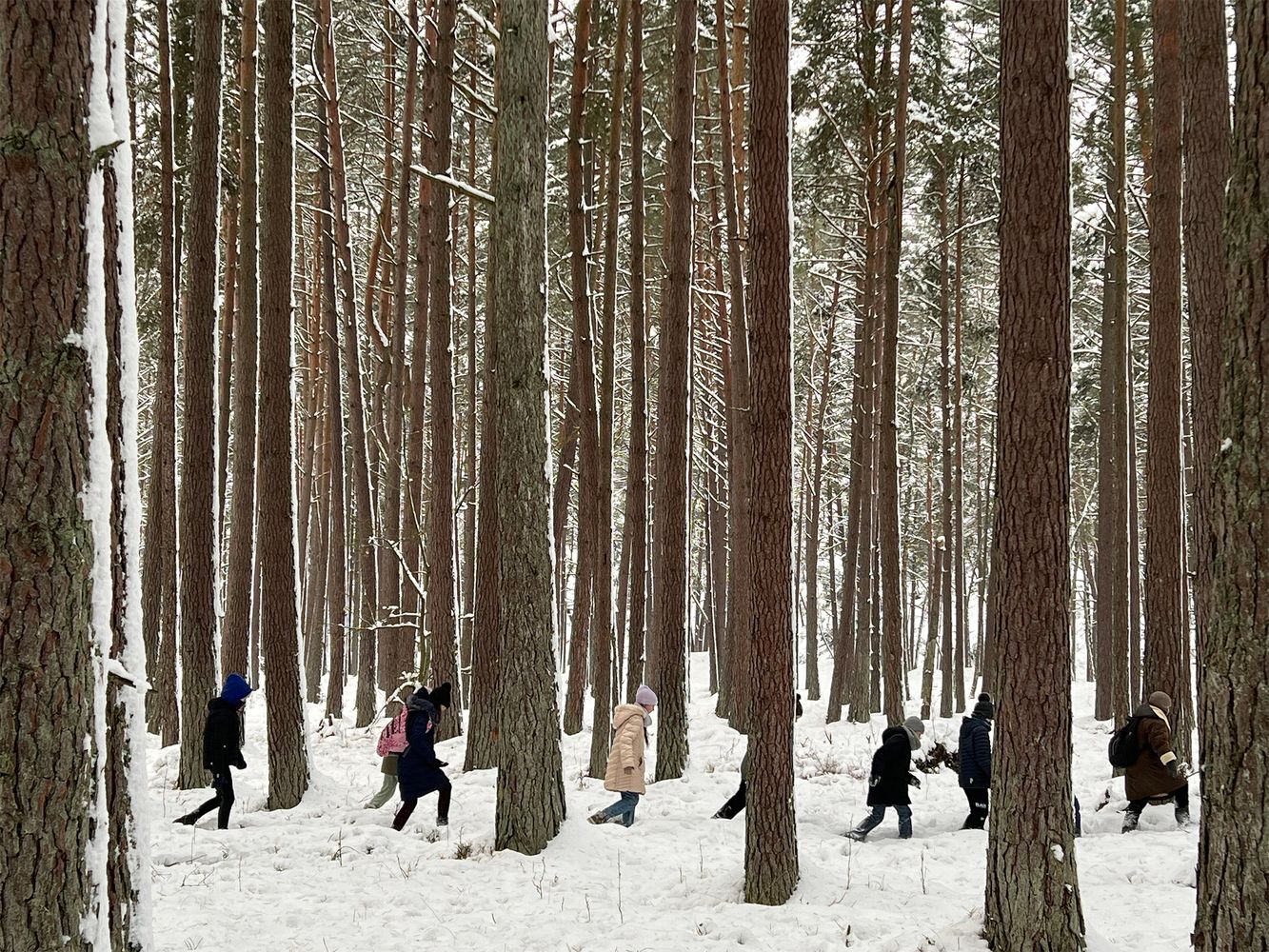
This year’s Lithuanian exhibition is entitled Children’s Forest, and the pavilion will be decorated in a playful way, acknowledging the perspective through which children observe their environment. In addition, it will explain the ecosystem of the forest and will also have a strong environmental focus thanks to the discussions hosted here.
Curators: Jurga Daubaraitė, Egija Inzule, and Jonas Žukauska
Cover photo: Venice Biennale
Source: ArchDaily
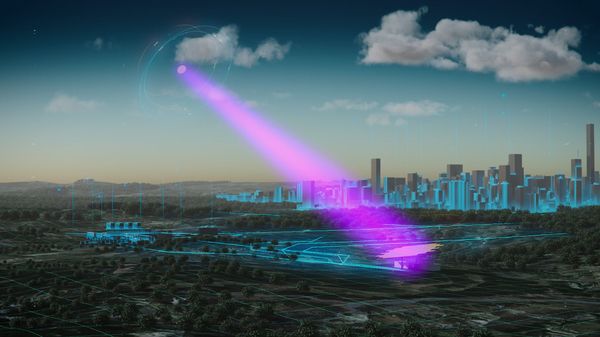
European Space Agency to harvest solar energy from space farms
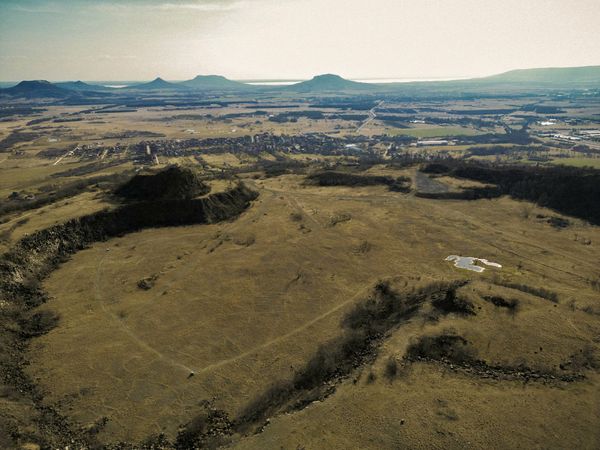
Hello Wood and Katttarzis host a music event in a post-apocalyptic crater in mid-July










